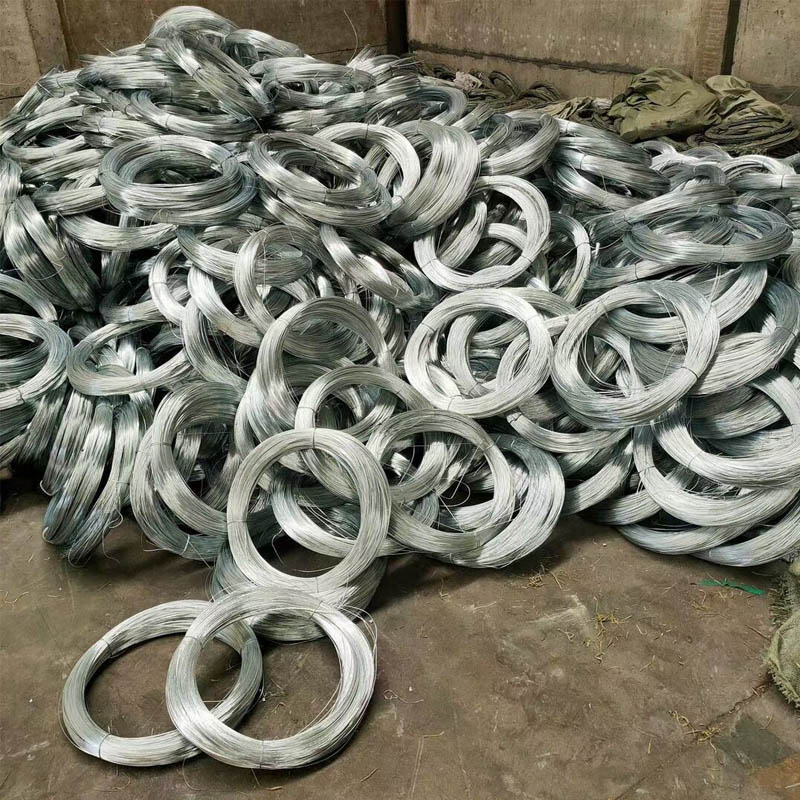
- Mobile Phone
- +8613931874955
- sales@cntcmetal.com
reinforcing welded mesh
The Versatility and Efficacy of Reinforcing Welded Mesh
When it comes to modern construction and engineering, the materials used are crucial for ensuring structural integrity, durability, and sustainability. One such material that has gained extensive recognition in recent years is reinforcing welded mesh. This innovative product is transforming the way buildings and structures are reinforced and offers numerous advantages that make it a preferred choice among architects, engineers, and contractors.
What is Reinforcing Welded Mesh?
Reinforcing welded mesh is a grid-like structure composed of high-quality steel wires that are welded together at specific intervals. This creates a strong and stable framework that can be easily integrated into concrete structures, providing increased strength and support. The mesh is available in various sizes, diameters, and configurations, making it versatile enough for different applications, from residential buildings to large-scale infrastructure projects.
The Advantages of Using Reinforcing Welded Mesh
1. Enhanced Structural Integrity One of the primary functions of reinforcing welded mesh is to improve the overall strength and stability of concrete structures. When concrete is poured over the mesh, it binds with the steel wires, creating a robust composite that can withstand tensile and compressive forces. This not only helps prevent cracks but also extends the lifespan of the structure.
2. Cost-Effective Solution While the initial investment in welded mesh may seem significant, its long-term benefits make it a cost-effective choice. The durability it provides reduces the need for frequent repairs, minimizing maintenance costs over time. Additionally, its ease of installation can lead to reduced labor costs, as fewer workers may be needed to handle and position the material.
3. Speed of Construction The prefabricated nature of reinforcing welded mesh allows for rapid deployment on construction sites. Compared to traditional rebar, which often requires individual placement and tying, welded mesh can be rolled out and cut to size quickly. This efficiency not only accelerates the construction timeline but also improves workflow, enabling projects to be completed on schedule.
reinforcing welded mesh

4. Versatility Across Applications Reinforcing welded mesh can be utilized in a wide range of applications. It is commonly used in foundations, slabs, walls, and roadways, providing strength and durability across various construction scenarios. Its adaptability also makes it suitable for residential projects, commercial buildings, and industrial structures alike.
5. Reduction of Material Waste Since welded mesh is manufactured in specific sizes and shapes, it can minimize waste during the construction process. The precise dimensions help reduce off-cuts and excess material, supporting sustainability efforts in construction and promoting environmentally friendly building practices.
6. Improved Load Distribution The grid structure of welded mesh allows for more effective load distribution throughout the concrete. This uniform dispersion of forces helps prevent localized stress points, reducing the risk of structural failure and enhancing overall safety.
Environmental Considerations
As the construction industry increasingly focuses on sustainability, reinforcing welded mesh aligns with these goals. Made from steel, which is a recyclable material, the mesh reduces the environmental impact compared to other non-recyclable alternatives. Furthermore, the longevity and durability of reinforced concrete structures can lead to fewer resources being used over time, thus supporting sustainable development goals.
Conclusion
In summary, reinforcing welded mesh is an exceptional material that offers numerous benefits to the construction industry. Its contribution to enhancing structural integrity, reducing costs, speeding up construction timelines, and promoting sustainability makes it a preferred choice for various applications. As construction practices evolve and emphasize the need for reliable and durable solutions, reinforcing welded mesh stands out as a key player in building the infrastructure of the future. Whether in residential, commercial, or civil engineering projects, its effectiveness and versatility are poised to meet the demands of modern construction.
share:
-
Your Source for Concrete Wall Ties and Masonry AccessoriesNewsJul.10,2025
-
Unlocking the Power of Iron Wire for Every ProjectNewsJul.10,2025
-
Explore Advanced Chain Wire and Stainless Steel Mesh FencingNewsJul.10,2025
-
Discover the Benefits of Annealed Wire ProductsNewsJul.10,2025
-
Discover China Stainless Steel Wire Mesh SolutionsNewsJul.10,2025
-
Build with Confidence Using High-Performance Masonry AccessoriesNewsJul.10,2025
-
Why Sacrificial Formwork Is Redefining Underground ConstructionNewsJun.06,2025



















